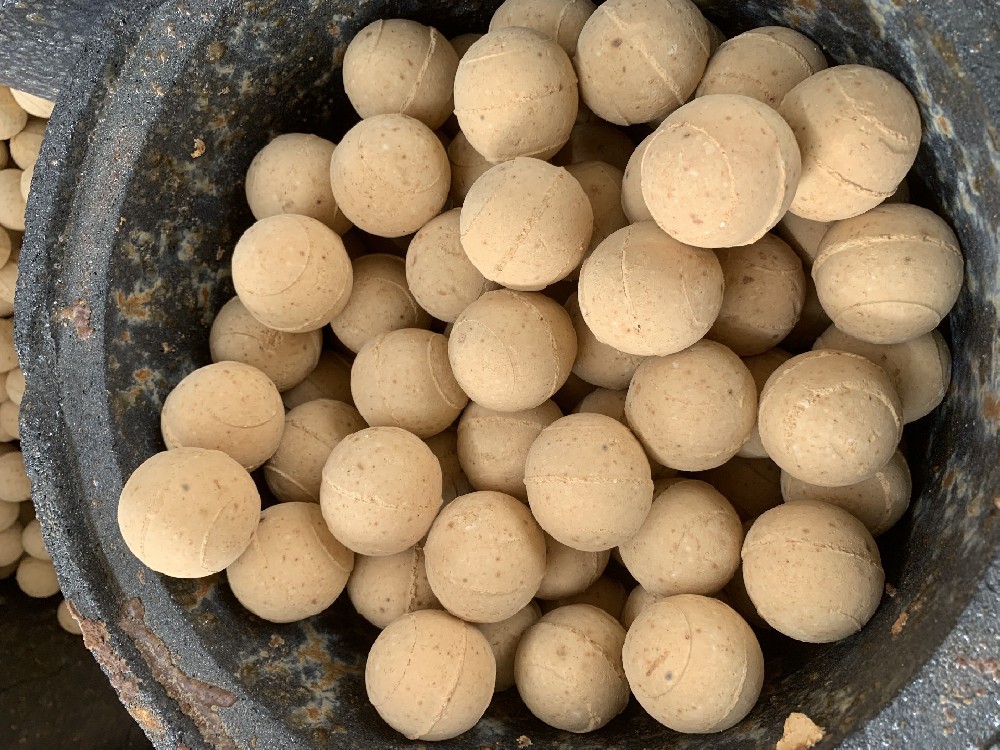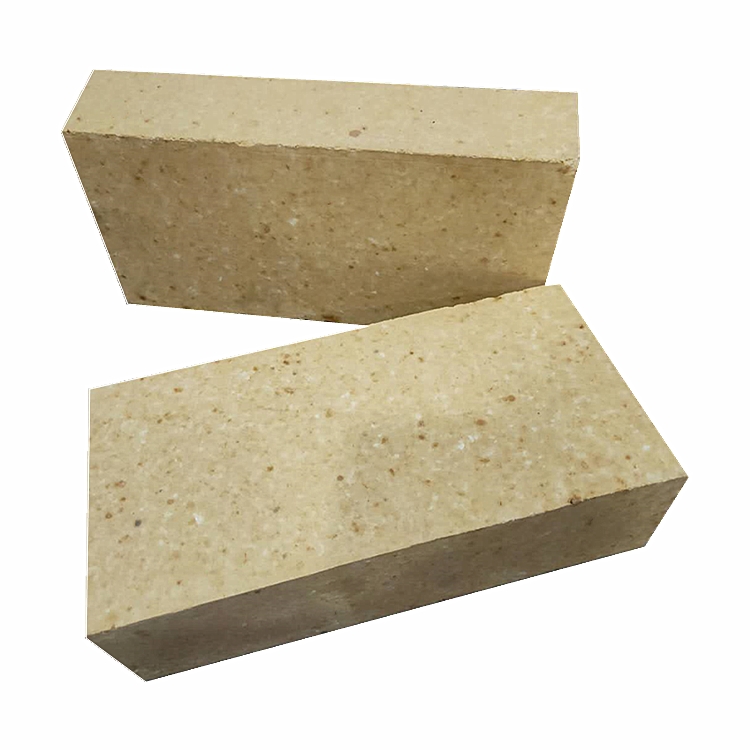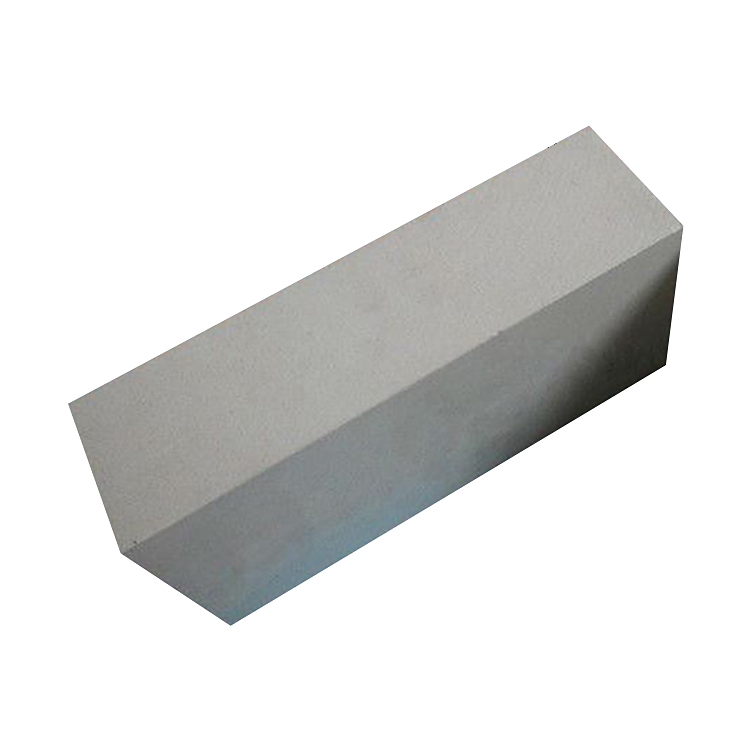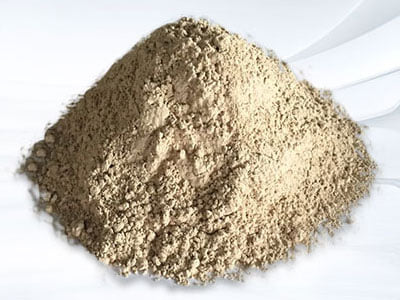Main uses of neutral refractories
Introduction of neutral refractories
Refractories that are not easy to react significantly with alkaline or acidic slag at high temperatures are called neutral refractories, or amphoteric refractories. Such as carbon bricks, chrome bricks (the main component is Cr2O3), high-alumina (the main components are Al2O3 and SiO2) refractory materials, etc. belong to this category, but high-alumina materials are neutral refractories with an acid tendency; and chromium The quality material is a neutral refractory material with an alkaline tendency.
Types of neutral refractories
Neutral refractory means that it does not reflect acid and alkalinity in its constituent substances, that is, it does not react to acidic slag and alkaline slag and has good slag resistance. In addition, these materials have relatively high refractoriness and good resistance to rapid cooling and rapid heating. Reports of cupola linings with graphite lining bricks used abroad for long gauge work: its composition is 37% graphite, 10% SiC, 15% Al2O3, 32% SiO2, and 34% Fe2O3. The thermal conductivity of this kind of brick is 20 times that of ordinary refractory brick. Using this feature, it is used as an intermediate layer between the water-cooled furnace wall and the refractory brick to form a composite furnace wall, and the built furnace wall has a suitable temperature. It can reduce the erosion of the water-cooled furnace wall, prolong the service life, and achieve the purpose of long-term use without stopping the furnace.
The chemical mineral composition of various refractories is shown in the figure below.
Neutral refractories and basic refractories
Among many other refractory oxides, MgO, CaO, and Cr2O3 are common compositions in refractory materials. When the total content of these oxides is greater than 50% by weight, these products are called basic refractories. As can be seen from the table below, the SiO2 content in the products is relatively small, that is, their properties belong to another system.
The basic component of magnesia brick is periclase MgO, which is a nearly circular grain. High refractoriness can only be achieved when there is very little melt in the brick. This rule also applies to other basic refractories. The molten state in the brick is mainly determined by the MgO-CaO-SiO2 system. The viscosity of the melt is relatively low, it crystallizes quickly when cooled, and there is no glass phase in the product after cooling.
A certain amount of melt is essential, and it is used to bind the bricks together at high temperatures. The firing temperature is determined by the composition, and the firing temperature of some bricks is above 1700°C.
Chromite FeO·Cr2O3 belongs to the spinel group. There are other types of spinel containing chromium and iron, which can be represented by the general formula (Mg, Fe)O·(Al, Fe, Cr)2O3. This also indicates that various forms of mixed crystals can be formed between the components.
The mixture of magnesite and chromite initially increases in volume during the calcination process and shrinks again at high temperatures. The periclase grains must be directly combined with the chrome spinel to become a shape-stable product after high-temperature calcination. This kind of brick is also called a direct-bonded brick. Another method is to pre-fire the raw materials together, and the resulting bricks are named co-fired bricks.
There is a relatively large formula mixing range, and the volume does not change during calcination, so the mountain can be built with bricks that have not been calcined. In order to make the bricks have a certain strength during the handling process, some materials that play a binding role due to chemical reactions are added to the bricks, which are called chemically bonded bricks. As chemical binders at room temperature, in addition to organics, there are various cement, certain magnesium salts, and phosphates, especially aluminum phosphates.
Main uses of neutral refractories
From the perspective of neutral refractory materials, clay-based refractory products have good thermal stability and slag resistance and are widely used. Almost all kinds of thermal equipment use clay bricks more or less. High-alumina refractory products have higher mechanical strength at room temperature, softening point under load, and a number of times of chilling and heating, but have larger volume shrinkage, and are mainly used for steel-making electric furnace roofs. Carbon brick is a high-grade refractory material with refractoriness of about 3000 ° C, but it cannot be used in contact with oxidizing flames and slag containing a large amount of iron oxide.
-

Thermal storage alumina balls
The Thermal storage alumina ballsis made of industrial alumina and refractory kaolin as the main raw materials through scientific formula, forming and high-temperature calcination.Thermal storage alumina ballss are divid··· -

Anti-stripping high alumina brick
Use description of Anti-stripping high alumina brick1. Anti-stripping high alumina brick has a good application in low temperature parts such as large and medium-sized cement precalciner, kiln smoke chamber, indoor decom··· -

Anti-stripping high alumina bricks
Anti-stripping high alumina bricks are made of high alumina bauxite clinker, mullite, kyanite, zircon sand, and binder after granulating and powdering processes, mixed in a certain proportion, pressed into shape, and fir··· -

silica hot repair refractory
Performance index of silica hot repair refractoryThe material is a kind of plastic unshaped refractory material, its main component is SiO2, it is made of special clinker and various binders and additives, and it is proc···

